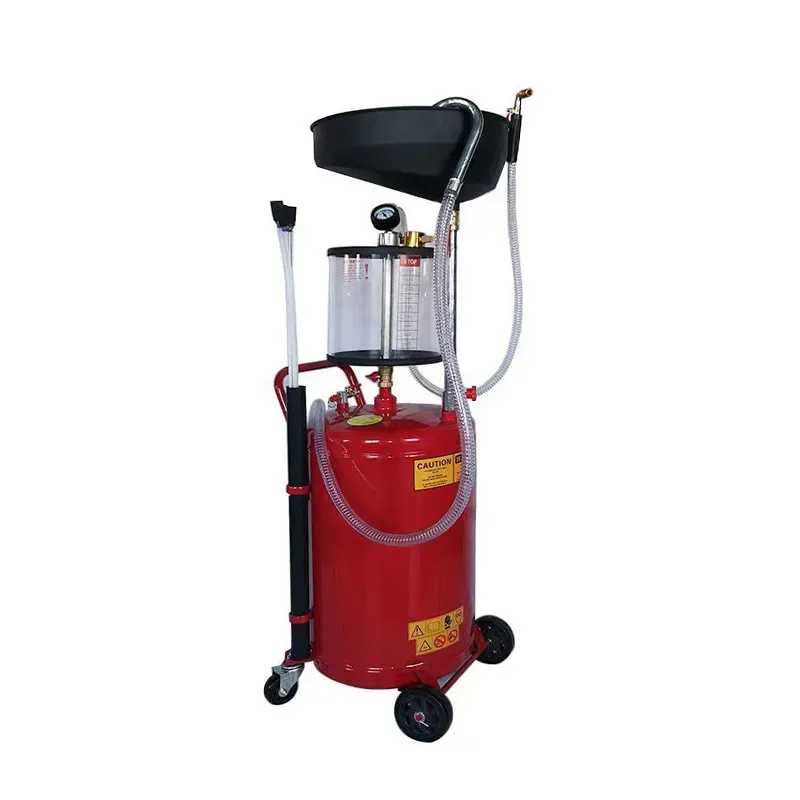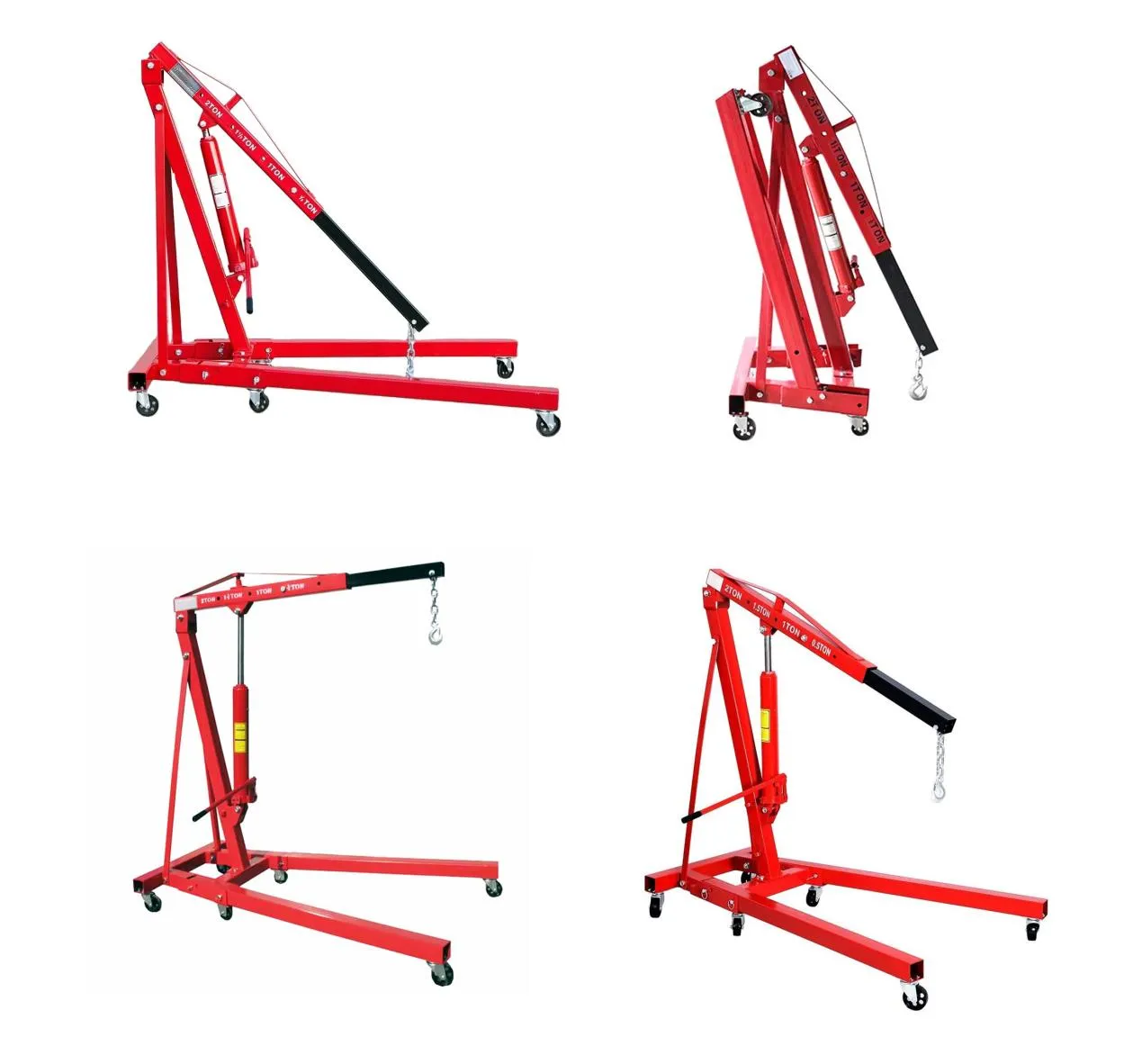Welcome to our online store!
Mrz . 03, 2025 13:39
Back To List
making a shop press
Building a shop press can be a rewarding endeavor that bolsters your workshop's efficiency and broadens the range of projects you can undertake. When constructing a shop press, several critical considerations must be met to ensure the press not only functions as expected but also maintains safety and durability standards. This guide provides an in-depth exploration of crafting a shop press, drawing on industry expertise and real-world experience to ensure your project is a success.
Assembly and Fabrication Techniques Precision in joining materials is essential in ensuring a robust assembly. Welding is the preferred method for joining steel components, offering strength and rigidity. Ensure welds are clean and penetrate well into the materials, and perform non-destructive testing to verify weld integrity if possible. Pre-drill holes and tap threads accurately, which ensures bolts and other fasteners seat snugly, contributing to overall structural integrity. Safety Features and Testing Safety should never be an afterthought. Incorporate safety stops and guards to prevent accidents. A pressure relief valve within the hydraulic system is a crucial safety component, preventing overloads that could cause catastrophic failure. Once assembled, conduct rigorous testing. Start with lower pressures and incrementally increase, observing for any signs of stress or failure in the structure. Regular inspections post-construction will help maintain operational safety and longevity. Customizing for Enhanced Functionality Customization can further extend the utility of your shop press. Consider adding a set of V-blocks to support cylindrical workpieces or various dies for specific tasks like bending or stamping. Adjustable width and height features can greatly enhance versatility, allowing you to modify the press setup based on the unique needs of each project. By adhering to these principles and leveraging expert insights, you create a shop press that's not only functional but tailored to your workshop's specific demands. Investing time and effort in selecting quality materials, designing with precision, and assembling with care combines to create a tool that's safe, reliable, and capable of meeting your projects' demands. This holistic approach not only enhances the performance of your press but also ensures it stands as a testament to skilled craftsmanship—a key asset in any high-functioning workshop.


Assembly and Fabrication Techniques Precision in joining materials is essential in ensuring a robust assembly. Welding is the preferred method for joining steel components, offering strength and rigidity. Ensure welds are clean and penetrate well into the materials, and perform non-destructive testing to verify weld integrity if possible. Pre-drill holes and tap threads accurately, which ensures bolts and other fasteners seat snugly, contributing to overall structural integrity. Safety Features and Testing Safety should never be an afterthought. Incorporate safety stops and guards to prevent accidents. A pressure relief valve within the hydraulic system is a crucial safety component, preventing overloads that could cause catastrophic failure. Once assembled, conduct rigorous testing. Start with lower pressures and incrementally increase, observing for any signs of stress or failure in the structure. Regular inspections post-construction will help maintain operational safety and longevity. Customizing for Enhanced Functionality Customization can further extend the utility of your shop press. Consider adding a set of V-blocks to support cylindrical workpieces or various dies for specific tasks like bending or stamping. Adjustable width and height features can greatly enhance versatility, allowing you to modify the press setup based on the unique needs of each project. By adhering to these principles and leveraging expert insights, you create a shop press that's not only functional but tailored to your workshop's specific demands. Investing time and effort in selecting quality materials, designing with precision, and assembling with care combines to create a tool that's safe, reliable, and capable of meeting your projects' demands. This holistic approach not only enhances the performance of your press but also ensures it stands as a testament to skilled craftsmanship—a key asset in any high-functioning workshop.
Prev:
Products categories
Latest News
-
Unraveling the World of Car Jack Economics and Acquisition
NewsJun.24,2025 -
Unraveling the Essentials of Car Jacks and Their Operations
NewsJun.24,2025 -
Unraveling the Capabilities of 10 - Ton Porta Power Equipment
NewsJun.24,2025 -
Unraveling Issues and Solutions in Car Jack Systems
NewsJun.24,2025 -
Unleashing the Potential of 10 - Ton Hydraulic Equipment
NewsJun.24,2025 -
Power and Precision in Heavy - Duty Lifting: 10 Ton Porta Power Solutions
NewsJun.24,2025 -
What Makes Car Shop Jacks and Related Tools Indispensable for Vehicle Maintenance?
NewsJun.12,2025















